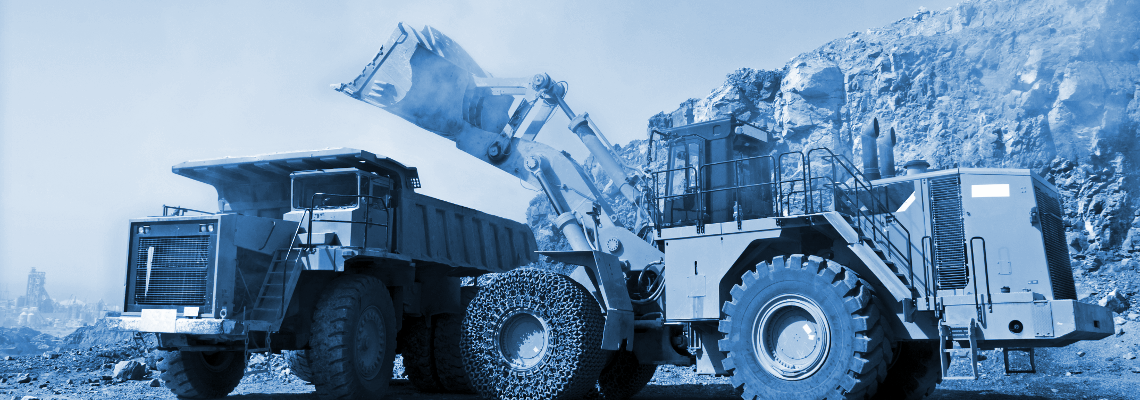Smaller Bauma Returns To Munich
Summary. After more than three years, Bauma, one of the largest construction events in the world, reopened its doors for seven days in Munich Oct. 24. Power Systems Research (PSR) had a five-person team at the event, discussing trends with industry representatives, from new products and services to topics around the future evolution of sustainable technologies.
The show was smaller than the last time it was held, in 2019. Close to 3,200 exhibitors from 60 countries (2019: 3,684 exhibitors from 63 countries) participated and more than 495,000 visitors from over 200 countries (2019: 627,603 visitors from more than 200 countries) came to Munich for the event.
Bauma is the world’s leading trade fair for construction machinery, building material machines, mining machines, construction vehicles and construction equipment. International visitors made up about 50% of the attendance. That’s a change from 2019 when about two-thirds of visitors came from Germany.






